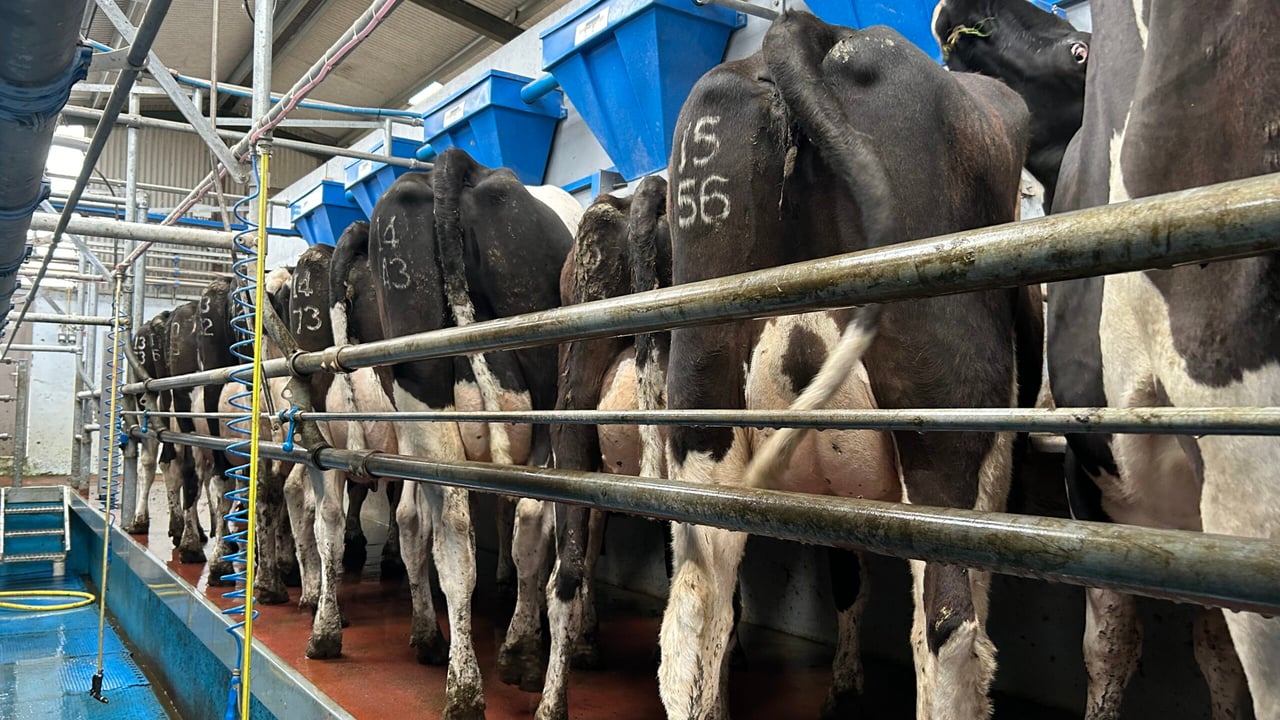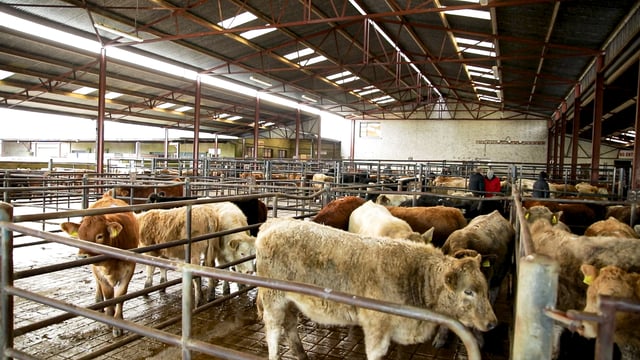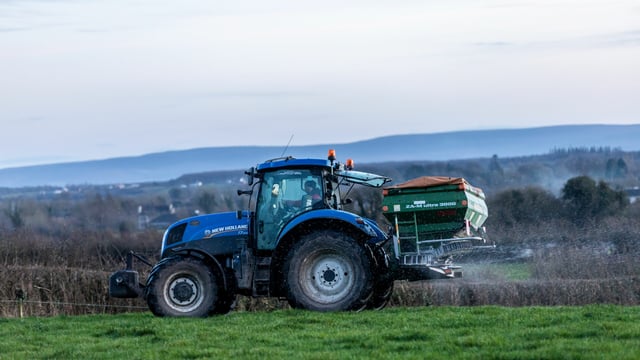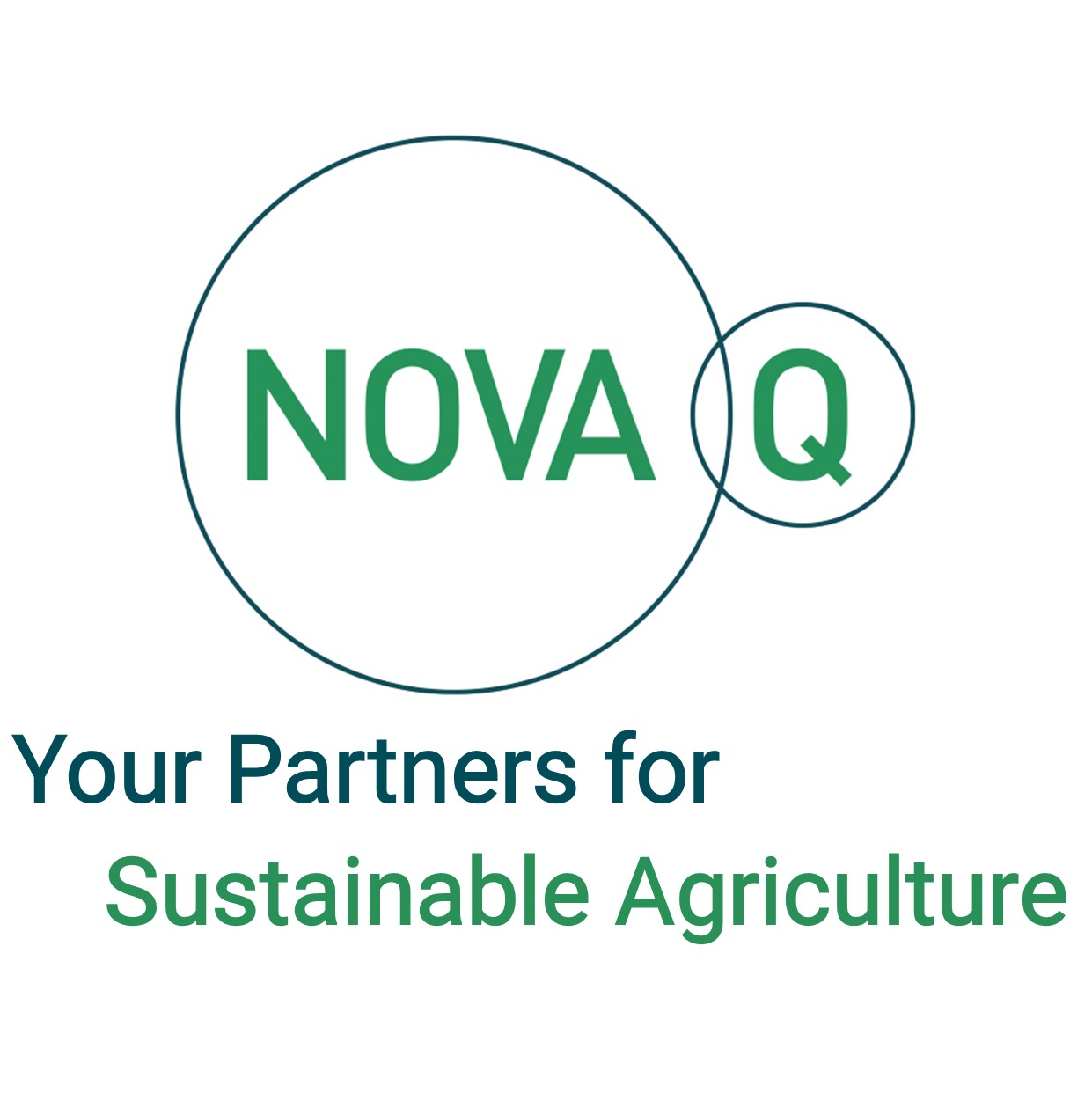Maximising your milk cheque this spring through low SCC
Any increase in somatic cell count (SCC) above 100,000 cells/ml is associated with a reduction in animal performance and will have a significant impact on the milk cheque this spring.
Spring calving is underway which means that cows will be calving down, calves will need colostrum and milk and the cows will need to be milked.
With all of this pressure, it can be very easy for farmers to lose sight of hygiene as a priority as they are usually dealing with a heavy workload.
However, the periods of greatest risk for infection to develop are at drying off; two to three weeks post dry off; two to three weeks pre-calving and the first month post-calving.
With the further uptake in selective dry cow therapy (SDCT), rather than blanket drying off, SCC can be harder to manage if the sealer was not administered properly or selection of the cow was wrong.
This along with a few other factors has caused the SCC nationally to creep up ever so slightly, as only around 60% of the herds nationally have been under the 200,000 cells/ml in recent years.
Spring-calving cows are currently calving down and despite the hectic schedule, farmers need to put some sort of focus on minimising the risk prior to calving and post-calving.
Teagasc research shows that mastitis costs Irish farmers €60/cow/year which derives from milk quality penalties, loss of milk production along with clinical costs such as antibiotics, discarded milk, labour, veterinary and culling.
The management of calving boxes as cows calve down can go from spotless at the start of the season to very dirty in a matter of weeks.
Farmers should aim to clean out the calving boxes every couple of weeks to limit the spread of infection.
If the freshly-calved cow is not going straight out to grass which is the most hygienic option, she is going to need access to clean dry cubicles.
Farmers need to make sure that the cubicles are brushed and limed twice daily to minimise SCC and prevent mastitis.
The following milking protocol should be taken for the freshly calved cow:
- Milk separately from main herd;
- Thoroughly wash and disinfect/change gloves before and after handling the cows;
- A pre-spray of disinfection is advisable;
- Inspect foremilk;
- A California milk test (CMT) on the freshly-calved cows at the last milking before joining the main herd.
By carrying out a CMT, you will be able to identify any mastitis infections and reduce the risk of it spreading to other cows in the herd.
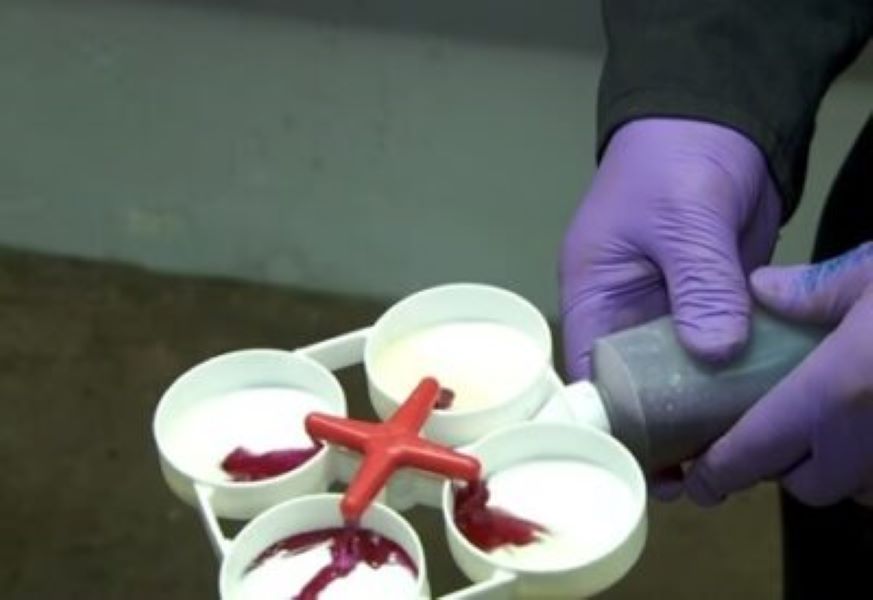
In recent years, staphylococcus aureus has been the main source of infection in herds and it is a highly contagious infectious agent that needs to be controlled on Irish dairy farms.
For cows that have been monitored since calving and are not improving, farmers should send a sample from the infected quarter(s) to a laboratory to identify the pathogen that is causing the elevated SCC.
A sensitivity test will identify the offending pathogen and also identify the correct antibiotic to use as a treatment.
The prevention of infection in your herd of cows is driven by excellent parlour management, such as ensuring the cows are clean when being milked and using the correct post-milking teat disinfection of roughly 15ml/cow/milking, ensuring full teat coverage.
Infected cows, whether they have clinical or subclinical mastitis, need to be separated from the herd or their cluster must be thoroughly disinfected post milking.
All clinical cases should be recorded to allow for case histories to be created to help identify any problem cows in the herd that might go undetected.
First calvers in late lactation and in-calf heifers are also prone to picking mastitis infection and the perception that young heifers coming into the herd will reduce your SCC problems is not necessarily true.
It is true if the heifers are managed correctly and are prevented from picking up mastitis, infection or warts on their teat.
Combat the issue with in-calf heifers prior to calving, as follows:
- Make sure the heifers have adequate space at housing, one cubicle space per heifer;
- Make sure cubicles are brushed and limed twice daily in the weeks approaching calving;
- Ensure that the heifers receive cubicle training either as yearling or in the winter prior to calving;
- Parlour train the heifers and teat spray them as they come into the parlour once or twice weekly.
Ensuring that heifers don’t start off their first lactation with high SCC or mastitis infection is crucial for their future production of quality milk and their longevity in the herd.

